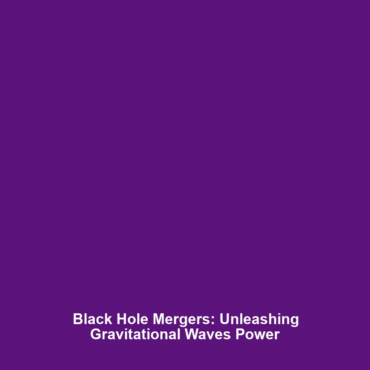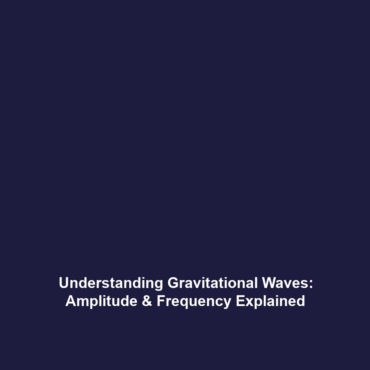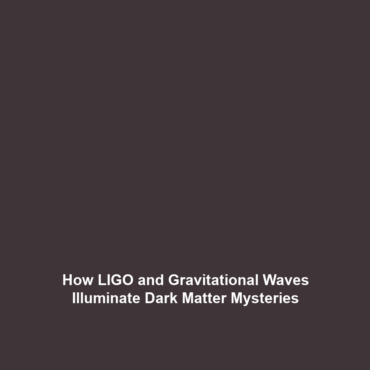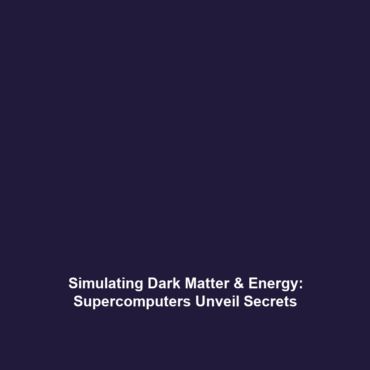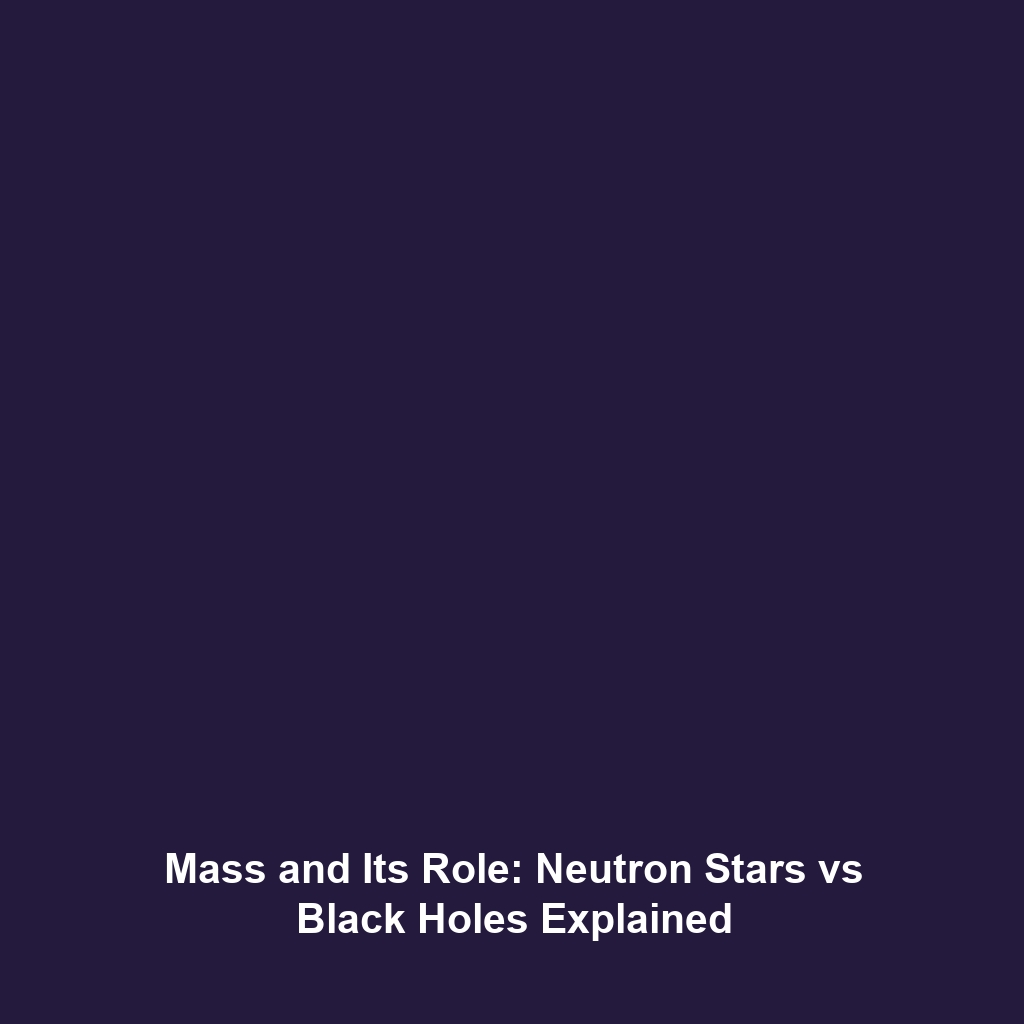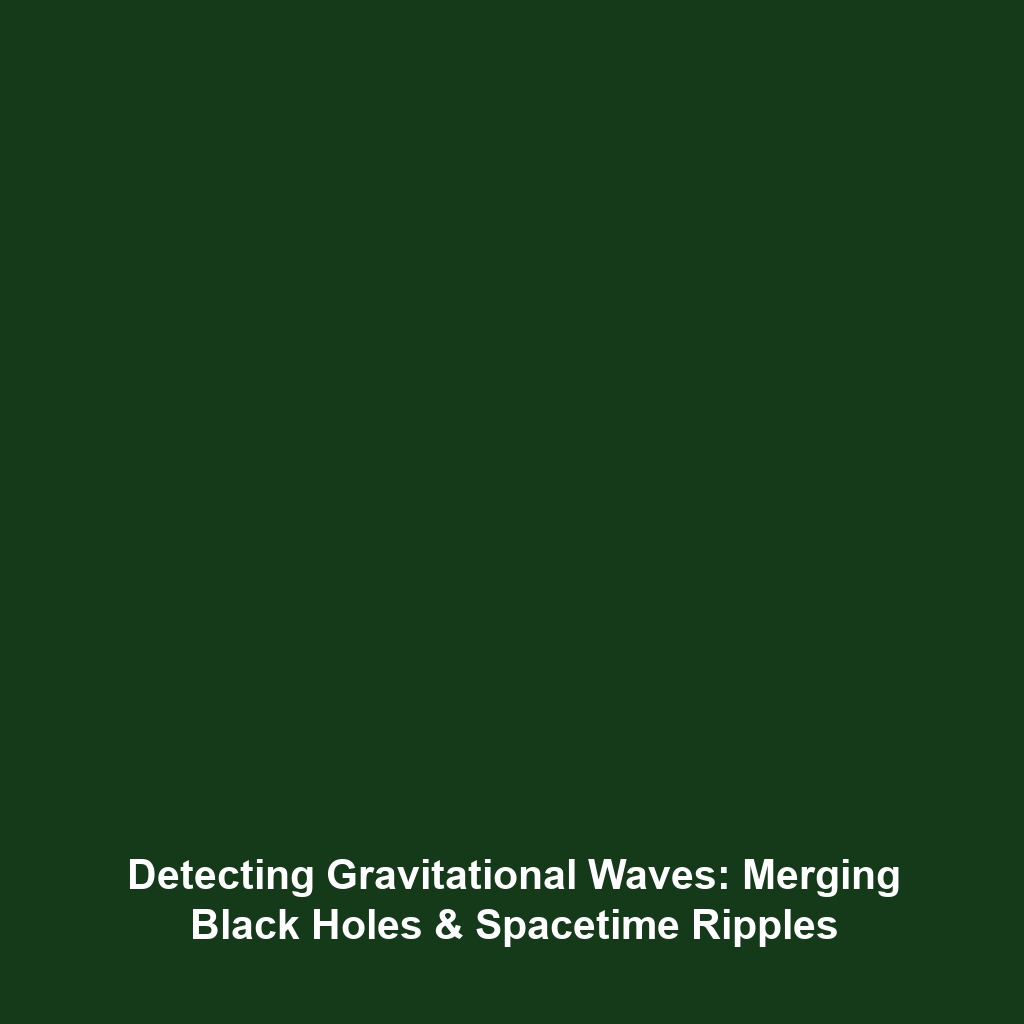<>
Black Hole Mergers: One of the Most Powerful Sources of Gravitational Waves
Black hole mergers represent one of the most significant astrophysical events in our universe, generating some of the most powerful sources of gravitational waves. These cataclysmic collisions not only provide insights into the nature of spacetime but also serve as a window into the extreme realms of astrophysics. As our understanding of gravitational waves advances, the study of black hole mergers offers a pivotal role in uncovering the mysteries of the cosmos.
Key Concepts
Understanding black hole mergers requires exploring several key concepts within gravitational waves research:
1. What are Gravitational Waves?
Gravitational waves are ripples in spacetime caused by the acceleration of massive objects. When black holes collide, these events create significant disturbances in spacetime, propagating gravitational waves across the universe.
2. Characteristics of Black Hole Mergers
Black hole mergers occur when two black holes orbit one another and gradually lose energy through the emission of gravitational waves, leading to their eventual collision. This merger releases an astonishing amount of energy, equivalent to several solar masses converted into energy, as predicted by Einstein’s theory of general relativity.
3. Detection of Gravitational Waves
The detection of gravitational waves, primarily through observatories like LIGO and Virgo, has opened new avenues in astrophysical research, allowing scientists to observe black hole mergers and study their properties.
Applications and Real-World Uses
Black hole mergers and the gravitational waves they generate have various real-world applications in multiple fields:
- Astrophysics Research: Enhancing our understanding of black holes and their formation, leading to advanced theoretical models in astrophysics.
- Cosmology: Providing crucial information about the evolution of the universe and the distribution of matter.
- Gravitational Wave Astronomy: Enabling the development of new techniques for astronomical observations previously hidden from conventional telescopes.
- Interdisciplinary Research: Black hole merger studies foster collaboration among physicists, engineers, and computer scientists, pushing the boundaries of technology and analysis methods.
Current Challenges
While the study of black hole mergers presents significant opportunities, researchers face numerous challenges in this field:
- Understanding the intricate dynamics of merging black holes and their impact on surrounding spacetime.
- Improving the sensitivity and range of gravitational wave detectors to capture weaker signals from distant events.
- Addressing noise and interference in data collection to ensure accurate analysis and detection.
- Developing precise models to predict the waveforms generated by various merger scenarios.
Future Research and Innovations
The future of research related to black hole mergers is bright, with several innovations on the horizon:
- Next-Generation Observatories: Upcoming gravitational wave observatories, such as the Cosmic Explorer and Einstein Telescope, aim to enhance detection capabilities significantly.
- Interferometry Techniques: Innovations in interferometry will improve sensitivity and allow us to probe further into the cosmos.
- Multi-Messenger Astronomy: The combination of gravitational wave data with electromagnetic observations and neutrinos will provide a more comprehensive understanding of astrophysical phenomena.
Conclusion
In summary, black hole mergers stand out as one of the most powerful sources of gravitational waves, offering vital insights into the nature of the universe. They bridge gaps between theoretical astrophysics and practical applications, bear the potential for future breakthroughs in understanding cosmic events, and challenge researchers in innovative ways. To learn more about gravitational waves and their implications on astrophysics, explore our other articles or follow our updates on this fascinating topic.
